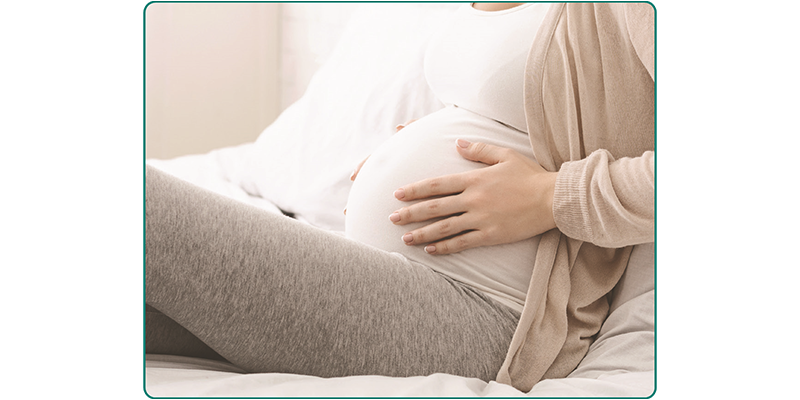Signs of Labor

What is a true labor?
True labor is painful regular contractions that cause the cervix to dilate (open).
The way a contraction feels is different for each woman and might feel different from one pregnancy to the next. Labor contractions cause discomfort or an ache in your back and lower belly (abdomen), along with pressure in the hip bones (pelvis). Some women might also feel pain in their sides and thighs. Many women describe contractions as strong menstrual cramps.
What is a false labor?
Before “true” labor begins, you might have “false” labor pains, also known as Braxton Hicks contractions. These irregular contractions (tightening of the womb muscle) are normal and might start to happen from your fourth month of pregnancy. They are your body’s way of getting ready for the true labor.
False Labor (Braxton- Hicks)
These contractions soften and thin the cervix (the opening to the womb where the baby passes through during delivery). The contractions tend to increase in the weeks right before your due date.
With false labor:
- You may feel tightening of your womb muscles at irregular breaks or a squeezing sensation in your lower abdomen (belly).
- Sometimes you cannot feel these contractions, feeling only a painless tightening. At other times, the contractions can be strong or painful.
- These contractions tend to come and go and end. They are more common when women are tired or have had a lot of physical activity during the day.
What are the signs of pre-labor?
- Increase frequency of Braxton Hicks contractions
- Feeling the baby settle deeper into your pelvis; you may feel the need to urinate (pee) more frequently
- Increased vaginal discharge
- Loss of mucus plug
What are the signs of labor?
- Contractions
- Your water breaks (This only occurs about 11% of the time)
(DO NOT use tampons or take a bath if you think your water has broken) - You may notice a pinkish vaginal discharge
| Contraction | True Labor | False Labor | |||||||||||||||||||||||||||||||||
| How strong are they? | Strong contraction | Contractions are weak. Can be strong at first then get weak. | |||||||||||||||||||||||||||||||||
| How often do they happen? | Contractions are regular and get closer together as time goes on. | Contractions are irregular and do not get closer together. | |||||||||||||||||||||||||||||||||
| How often do they happen? | Contractions continue with movement or changing positions. | Contractions may stop when you walk or change position. | |||||||||||||||||||||||||||||||||
| Where do you feel the pain? | Contractions can start in the lower back and move to the front of the abdomen (belly). | Contractions are only felt in the front or the abdomen or the pelvic region (hip bones). |
It is always a good idea to call your doctor when you are not sure.

